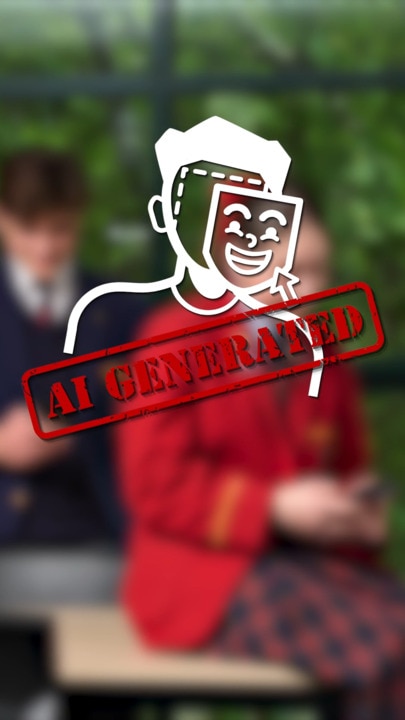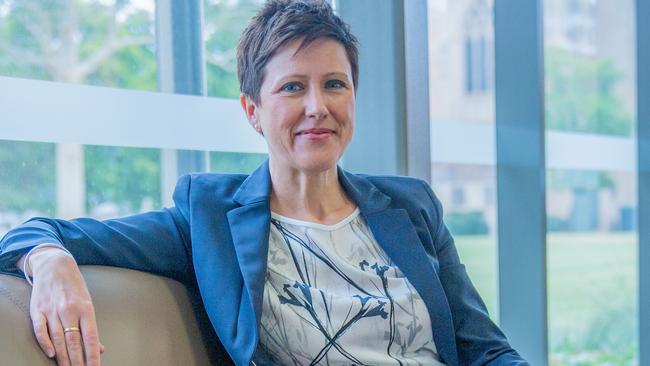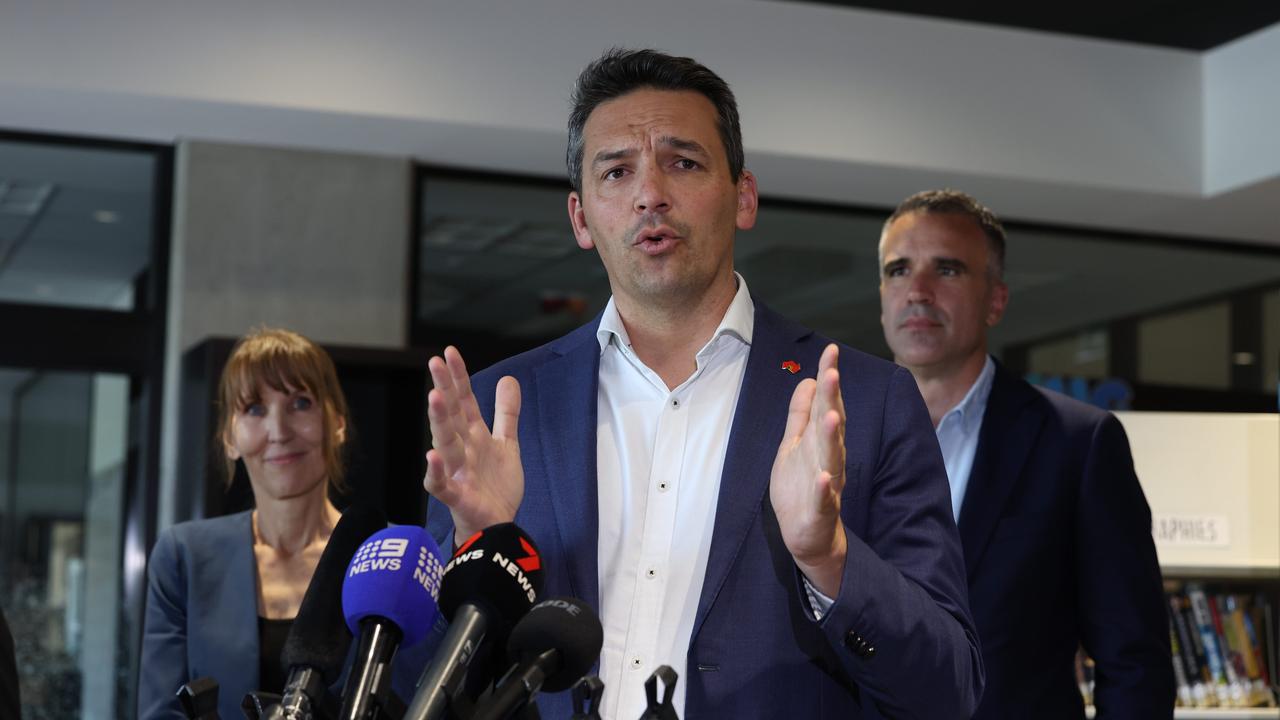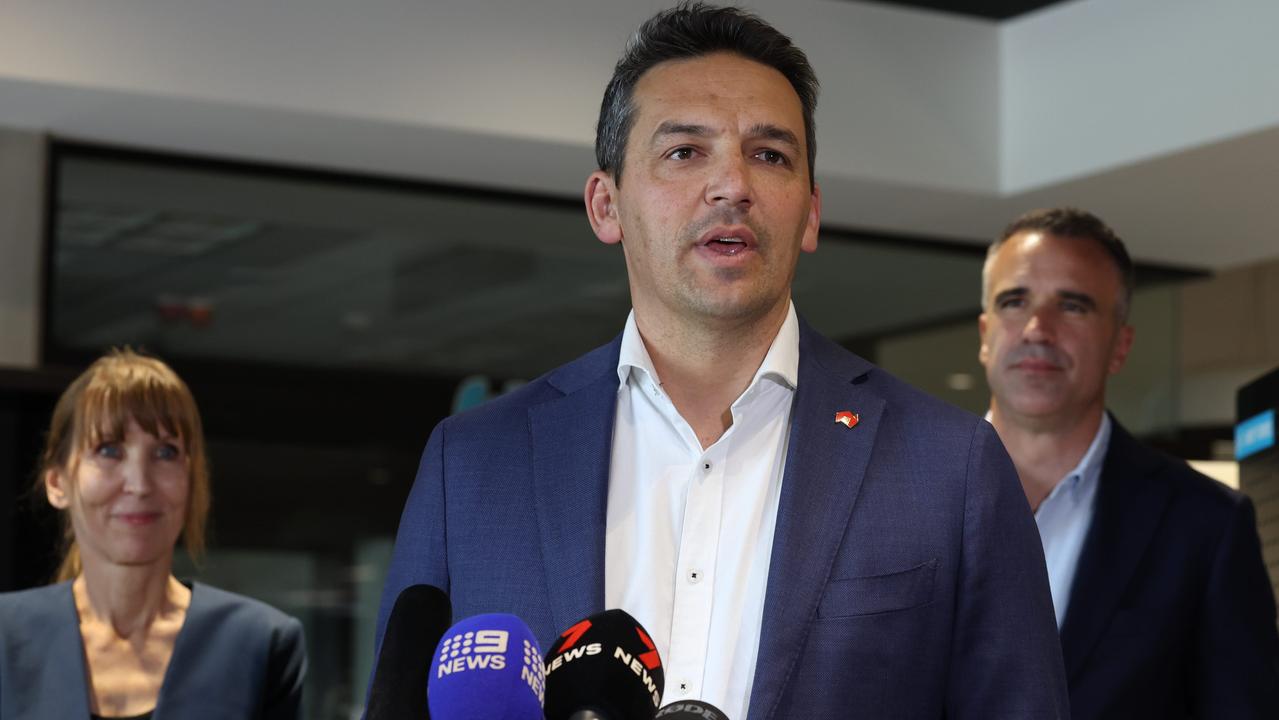Australian Curriculum, Assessment and Reporting Authority data shows how many teachers per student at public and private schools
New figures show which schools have the highest teacher-to-student ratio – and reveal money doesn’t always buy the best results. See the stats.

Education
Don't miss out on the headlines from Education. Followed categories will be added to My News.
New data reveals where to enrol your child if you want them to have a better chance of face-to-face time with their teacher.
Figures released by a national education body show which school sectors have the highest teacher-to-student ratios, in both primary and secondary schools.
The data also shows male students continue to drop out of school at higher rates than their female peers and just one in five primary school teachers are men.
The Australian Curriculum, Assessment and Reporting Authority (ACARA) has published details on student enrolments and retention, teacher numbers and student-teacher ratios around the country in 2024.
In South Australia independent high schools have the highest ratio of teaching staff to students, employing one teacher for every 11 children in years 7 to 12.
The ratio rises to 12.4 students per teacher at Catholic secondary schools and 13 at public schools.
However, among primary schools, children in the public system have the best odds. At government schools there is one teacher for every 13.6 students in reception to year 6.
That compares to 14 at independent primary schools and 14.6 at Catholic campuses.
The figures are based on teaching staff, and do not include administration staff, groundskeepers or other non-classroom roles.
Association of Independent Schools of SA chief executive Anne Dunstan said average student-to-teacher ratios had steadily decreased across all school sectors over the past two decades and “vary dramatically, even within individual school settings”.
Factors affecting ratios included student needs, subject choices and flexible arrangements which allowed different groups of students to learn together, she said.
The ACARA data also showed:
THE retention rate of South Australian students (in all schools) from year 7 through to the end of year 12 is far lower for boys (83 per cent) than girls (almost 92 per cent).

SOUTH Australia’s overall retention rate is the second-highest in the nation (87.5 per cent) behind the Australian Capital Territory (87.7 per cent).
AMONG Aboriginal students in SA the retention rate fell to 66.2 per cent, behind Victoria (69.7 per cent) and the ACT (81.9 per cent).
IN South Australia less than a third of the 13,052 teachers working in private or public schools last year were men.
THE proportion is lowest in Catholic primary schools (19.2 per cent) and highest in independent high schools (44.3 per cent).

Education Minister Blair Boyer said the $1.3bn public school funding agreement recently signed by the federal and SA governments would mean schools could hire more teachers and support officers and run specialist programs to cater to all children.
He said another $208m had been invested in five technical colleges which were “not designed solely for boys” but offered “hands-on, practical experiences that boys tend to engage more in” to give them options to remain in school.
Opposition education spokeswoman Heidi Girolamo said authorities needed to better understand why boys were dropping out early “and what supports are needed to ensure our boys are set up for future success”.
“Having more male role models in schools could only help,” she said.
A spokeswoman for Catholic Education SA declined to comment.




